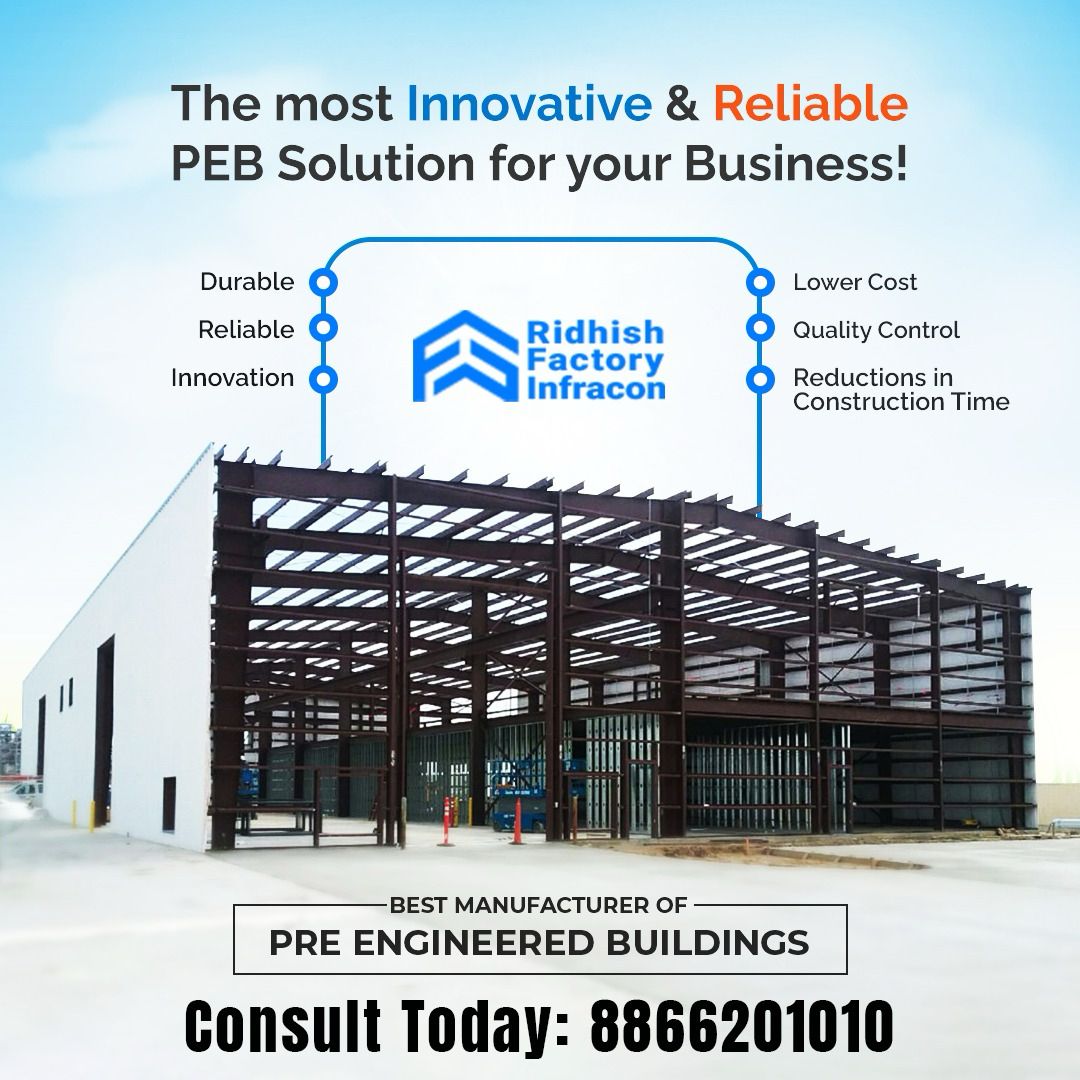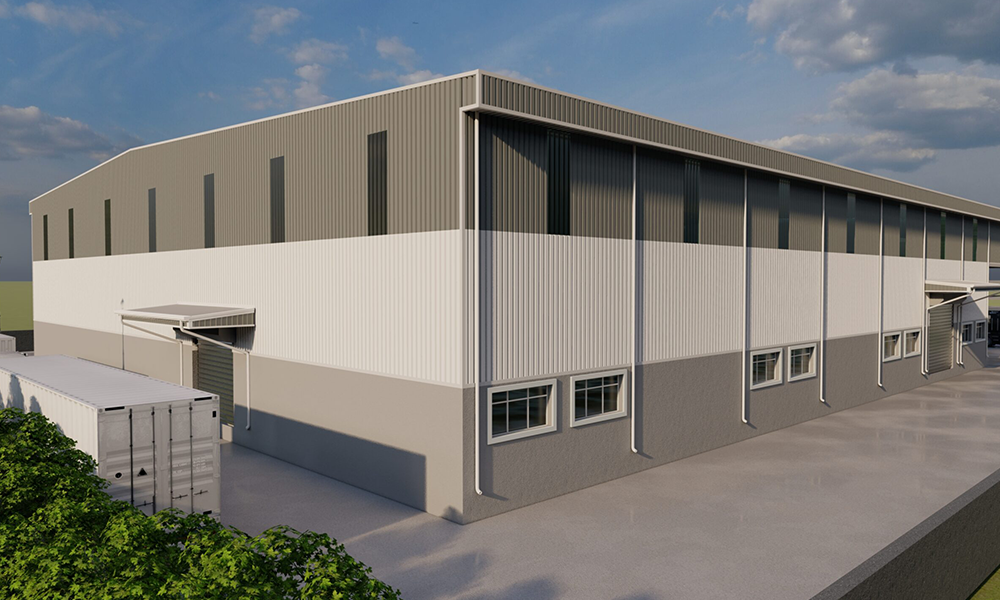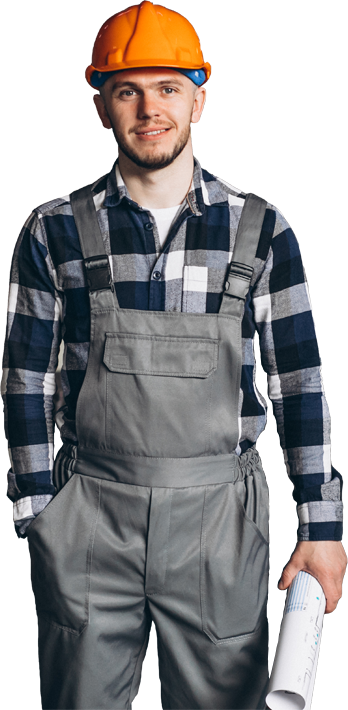Understanding PEB Structures and the Advancement of PEB Technology
Ridhish Factory Infracon is a rapidly growing construction industry in which Pre-Engineered Building (PEB) structures have become the preferred choice for a wide range of projects in Gujarat. Their ability to offer cost efficiency, speed, flexibility, and durability has revolutionized how buildings are constructed today. As technology evolves, PEB Plus are further pushing the boundaries of what is possible in modern construction.
What is a PEB Structure?
A Pre-Engineered Building (PEB) is a structure that is designed and fabricated using a pre-determined inventory of raw materials and manufacturing methods. The components—such as columns, rafters, beams, purlins, and wall panels—are pre-made at a factory and then assembled at the site.
Key Advantages of PEB Structures
- Faster Construction Time: Since most of the work is done off-site, on-site assembly is quicker.
- Cost-Effective: Reduces labor costs, material waste, and construction delays.
- Flexible Designs: PEBs can be customized for various applications like industrial warehouses, commercial complexes, and agricultural buildings.
- Durability: These structures are resistant to seismic activities, harsh weather conditions, and corrosion.
- Eco-Friendly Construction: Less material wastage and energy consumption make PEBs a sustainable choice.
The Rise of Advanced PEB Structures
Today, advanced PEB structures are equipped with the latest technologies and materials to meet the ever-changing needs of the construction industry. Here’s how PEB advancements are making a difference:
- High-Performance Coatings and Materials
Advanced PEB systems use corrosion-resistant coatings, thermal insulation panels, and energy-efficient materials to extend the building's life and performance. - Smart Building Integration
New PEB designs are now integrated with smart technologies, such as automated ventilation, energy management systems, and sensor-based monitoring for better building performance. - Greater Architectural Flexibility
Advanced PEBs allow complex designs like curved roofs, multi-story structures, and hybrid constructions combining steel with other materials, offering architects immense creative freedom. - Sustainable and Green Building Certifications
Many advanced PEBs now meet global standards for green construction, including LEED certification, helping companies meet sustainability goals.









